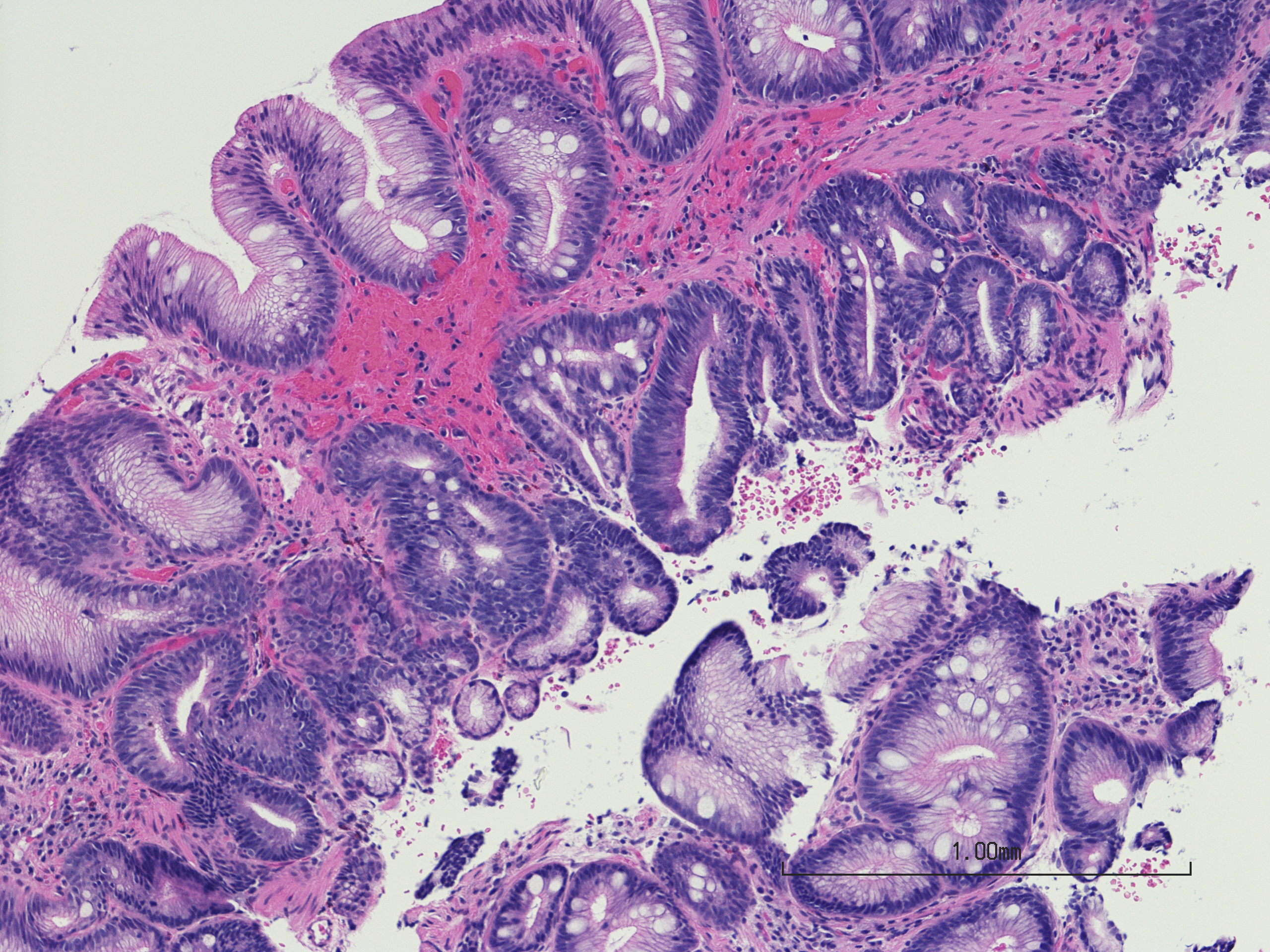Barrett’s esophagus — a complication of chronic gastroesophageal reflux disease (GERD) — is a premalignant condition that affects about 1 to 2% of U.S. adults, with a 5% lifetime risk of esophageal cancer (EAC). High-quality surveillance endoscopies and biopsies can decrease cancer risk; however, overuse of endoscopy and inadequate biopsy sampling is common and may unnecessarily expose patients to procedural risk and increased costs.
Based on AGA’s Barrett’s esophagus clinical guidance, the AGA quality team has developed two quality measures to guide you in providing high-quality care while minimizing patient risk.
Quality measures to track
Esophagogastroduodenoscopy (EGD) interval for patients with non-dysplastic Barrett’s esophagus.
Providers should adhere to surveillance endoscopy intervals of three to five years for patients with nondysplastic Barrett’s esophagus and avoid inappropriate shorter or longer intervals (i.e., less than three years or greater than five years).
Systematic biopsies during surveillance EGD in patients with Barrett’s esophagus.
During surveillance upper endoscopy for patients with non-dysplastic Barrett’s esophagus, four-quadrant systematic biopsies should be taken every 1-2 centimeters along the entire length of Barrett’s esophagus.
Quantifiable process and proposed outcome measures to track
- Process measure: Percentage of patients with nondysplastic Barrett’s esophagus who undergo surveillance endoscopy in three to five years.
- Process measure: Percentage of patients with nondysplastic Barrett’s esophagus who are evaluated with systematic four-quadrant biopsies every 1-2 cm along the Barrett’s esophagus segment during their surveillance endoscopy.
- Proposed outcome measure: Percentage of patients with Barrett’s esophagus under surveillance who develop EAC.
Use our measure implementation flow charts:
Learn more about AGA’s quality measures and view our complete list of quality resources.












